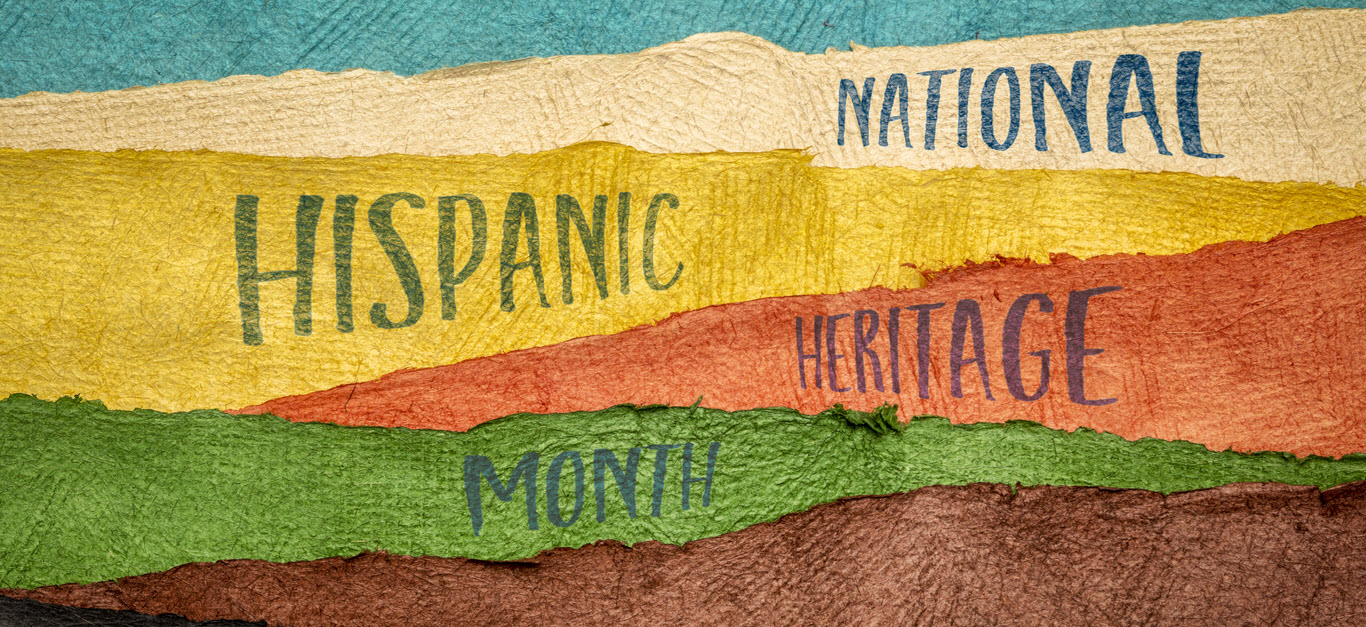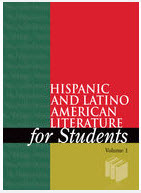| By Sarah Robertson |
Hispanic and Latino literature reflect the evolving cultures, histories, and challenges of people of Latin American descent. As we celebrate National Hispanic Heritage Month, it’s worth reflecting on some of the notable authors, genres, and themes found in the Hispanic literary canon. Hispanic literature draws from a rich and complex tradition and encompasses a wide range of modes and styles. Its most notable works often interrogate questions of identity―exploring the fluidity of gender, the struggles of immigrants, and the necessity of resistance in the face of oppressive social and political systems.
Notable Latina writers such as Julia Alvarez, Sandra Cisneros, and Gloria Anzaldúa explore Latina identity and gender in their works. For example, Alvarez’s poem “Heroics” (covered in Hispanic and Latino American Literature for Students, Vol. 1 [HLALFS 1]) features the perspective of a young woman trying to find her place in the world and showcases the tension between the author finding her voice as a woman and a Latina. Similarly, Sandra Cisneros’s The House on Mango Street (Novels for Students, Vol. 2 [NFS 2]) is a classic coming-of-age tale of a Latina girl in 1950s Chicago who grapples with girlhood, identity, misogyny, and sexuality as she grows up between cultures.
The House on Mango Street paved the way for other coming-of-age works in Hispanic literature. Examples include Matt de la Peña’s Mexican WhiteBoy (HLALFS 1), Elizabeth Acevedo’s The Poet X (HLALFS 1), Meg Medina’s Yaqui Delgado Wants to Kick Your Ass (HLALFS 1), Julia Alvarez’s How the García Girls Lost Their Accents (NFS 5), Carlos Murillo’s Augusta and Noble (HLALFS 1), and Erika L. Sánchez’s I Am Not Your Perfect Mexican Daughter (NFS 62). Shadowshaper (HLALFS 1), part of a series by Daniel José Older, adds another dimension to the coming-of-age story by incorporating conventions of the fantasy genre in his narrative about the gifted street artist Sierra Santiago, who discovers that she has powers that connect her with her ancestors.
Immigration is another prominent theme in Hispanic and Latino literature. For example, Lost Children Archive (NFS 67), by Valeria Luiselli, explores the challenges of Latin American migrants at the U.S.-Mexico border. In Latino U.S.A.: A Cartoon History (NFS 64), Ilan Stavans uses the graphic novel format and features an assortment of cartoon characters to present centuries of Hispanic history in the United States, of which immigration is a primary theme. Additionally, the poem “Borderbus” (HLALFS 1), by Juan Felipe Herrera, focuses on migrants and what it means to cross the border.
Hispanic and Latino literature is a lens through which one can view the complexities of American identity as a whole. With an examination of prominent authors and themes, we can gain a better understanding of Hispanic identity and a sense for how it continues to evolve. We invite you to celebrate National Hispanic Heritage Month with For Students!
Meet the Author
Sarah Robertson is a writer, editor, and longtime contributor to For Students.


